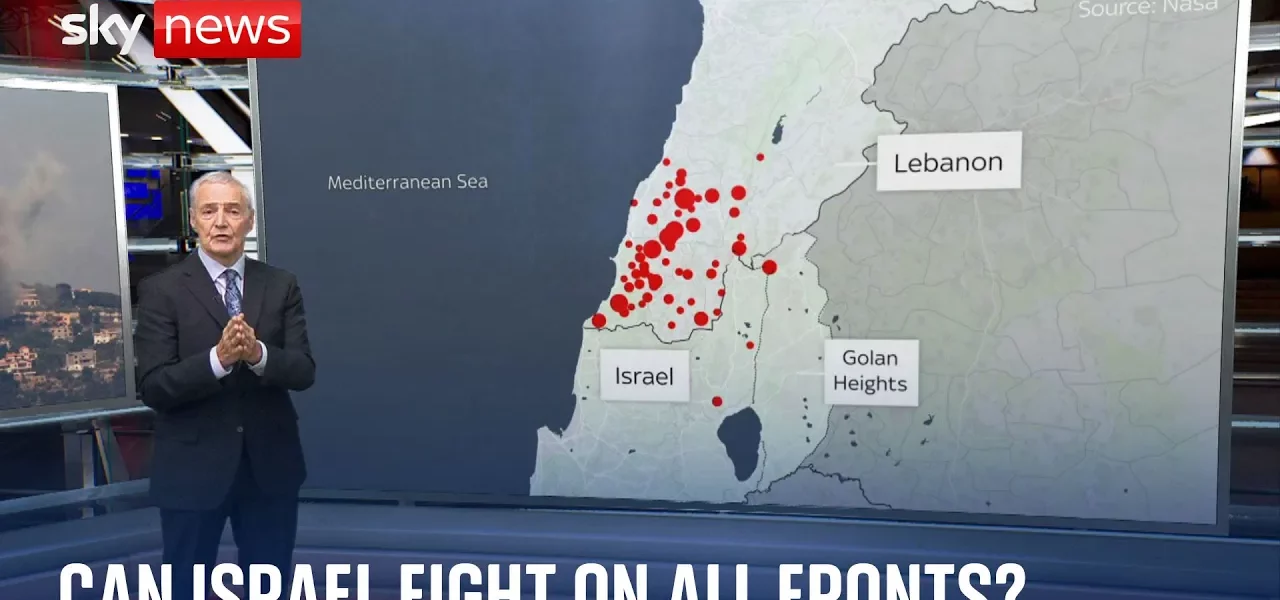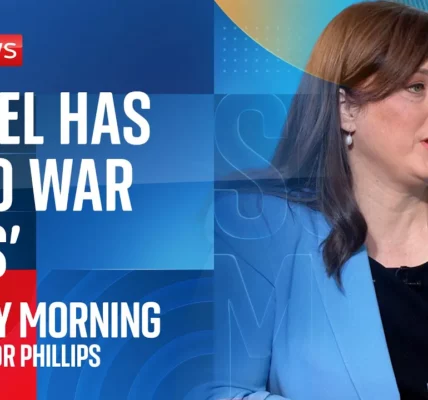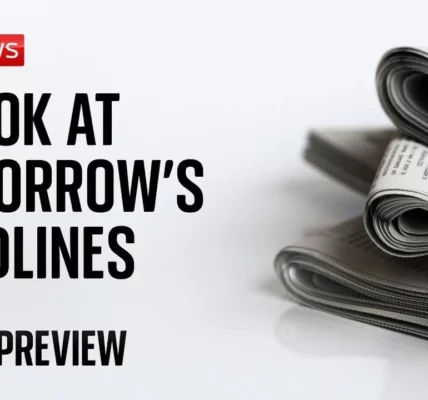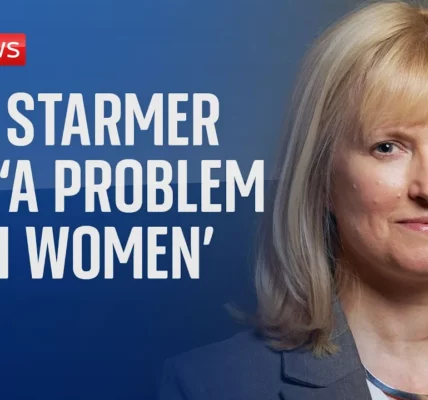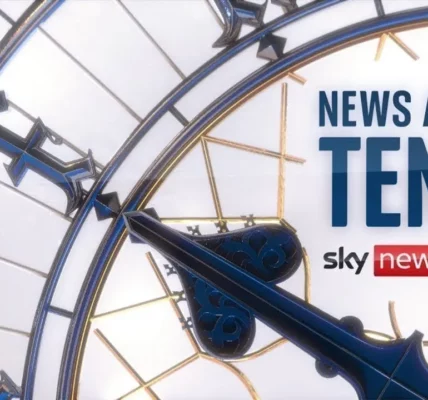The Escalating Conflict in Gaza and Its Wider Implications

This article delves into the current state of the Gaza conflict, examining the potential for a multi-front war involving the Israeli Defense Forces (IDF), Hezbollah in Lebanon, and the West Bank. As tensions rise, we explore the implications of military strategies and the broader geopolitical landscape.
Introduction
The conflict in Gaza has long been a source of tension in the Middle East, with the potential to affect not only the immediate region but also international relations. Recent events have shown that the situation is escalating, prompting concerns about a wider conflict involving multiple fronts. The Israeli Defense Forces (IDF) appear to be preparing for a more extensive military engagement, driven by the belief that Hamas’s recent attacks pose a direct threat to Israel’s existence. This article aims to dissect the various dimensions of the ongoing conflict, the military strategies employed by both sides, and the potential consequences for regional stability.
The Current Situation in Gaza
The conflict in Gaza has intensified significantly, with the IDF responding robustly to threats from Hamas. Following the October 7th attacks, Israel’s military strategy has shifted towards a more aggressive stance. The IDF is currently engaged in a series of air strikes aimed at crippling Hamas’s operational capabilities, while simultaneously preparing for the possibility of a multi-front war.
Israeli Military Strategy
The IDF’s approach includes:
- Launching hundreds of air strikes targeting Hamas infrastructure.
- Establishing a defensive posture against potential retaliatory strikes from Hezbollah.
- Conducting intelligence operations to dismantle leadership within Hamas and Hezbollah.
Hezbollah’s Position
Hezbollah has remained relatively restrained in its responses. Despite having a formidable arsenal of rockets and ground forces, their actions suggest a calculated approach influenced by their alignment with Iran. Key factors influencing Hezbollah’s strategy include:
- The need to maintain a deterrent posture against Israel.
- Orders from Tehran regarding military engagement.
- The desire to avoid direct confrontation unless absolutely necessary.
Escalation of Military Engagement
As the conflict progresses, the frequency and intensity of attacks from both sides have surged. The IDF’s operations have led to significant casualties among Hezbollah’s leadership, indicating a systematic effort to dismantle the group’s command structure. This section explores the key events that have marked this escalation.
Recent Air Strikes
Beginning in late July, the IDF has ramped up its air strikes significantly. Notable points include:
- Attacks focused on Hezbollah strongholds and command centers.
- Efforts to neutralize Hezbollah’s missile capabilities.
- Targeting high-ranking officials within the organization.
Hezbollah’s Response
Despite the ongoing Israeli offensive, Hezbollah has shown restraint. Their military capabilities are impressive, with estimates suggesting:
- A ground force numbering between 20,000 to 50,000 fighters.
- Access to hundreds of thousands of rockets, which could overwhelm Israeli defenses if used en masse.
However, the group’s leadership appears to be weighing the risks of escalation against the potential benefits of engaging in a broader conflict.
The Geopolitical Landscape
The ongoing conflict is not only a regional issue but also a global concern, with various international players involved. Understanding the geopolitical dynamics is crucial for grasping the full implications of the situation.
The Role of Iran
Iran’s influence on Hezbollah cannot be understated. The Islamic Republic has provided military support and strategic guidance, which plays a critical role in Hezbollah’s decision-making processes. Key points include:
- Iran’s backing serves as a deterrent against Israeli strikes on Iranian soil.
- Hezbollah’s actions are often aligned with Iranian interests in the region.
International Reactions
The global response to the conflict has varied, with countries taking different stances based on their political alliances. Notable reactions include:
- Calls for ceasefire and diplomatic negotiations from various international bodies.
- Support for Israel’s right to defend itself from attacks.
- Concerns over humanitarian impacts and civilian casualties in Gaza.
Conclusion
The conflict in Gaza continues to evolve, with the potential for a multi-front war growing increasingly likely. The IDF’s aggressive military strategy, combined with Hezbollah’s restrained yet potent response, creates a precarious situation that could lead to wider regional instability. As both sides prepare for further escalation, the international community watches closely, aware that the repercussions of this conflict could resonate far beyond the immediate region. It is crucial for stakeholders to engage in dialogue and seek peaceful resolutions to avoid a larger catastrophe. For further insights and updates on the evolving situation, be sure to explore our related articles on Middle Eastern conflicts and geopolitical strategies.
“`
